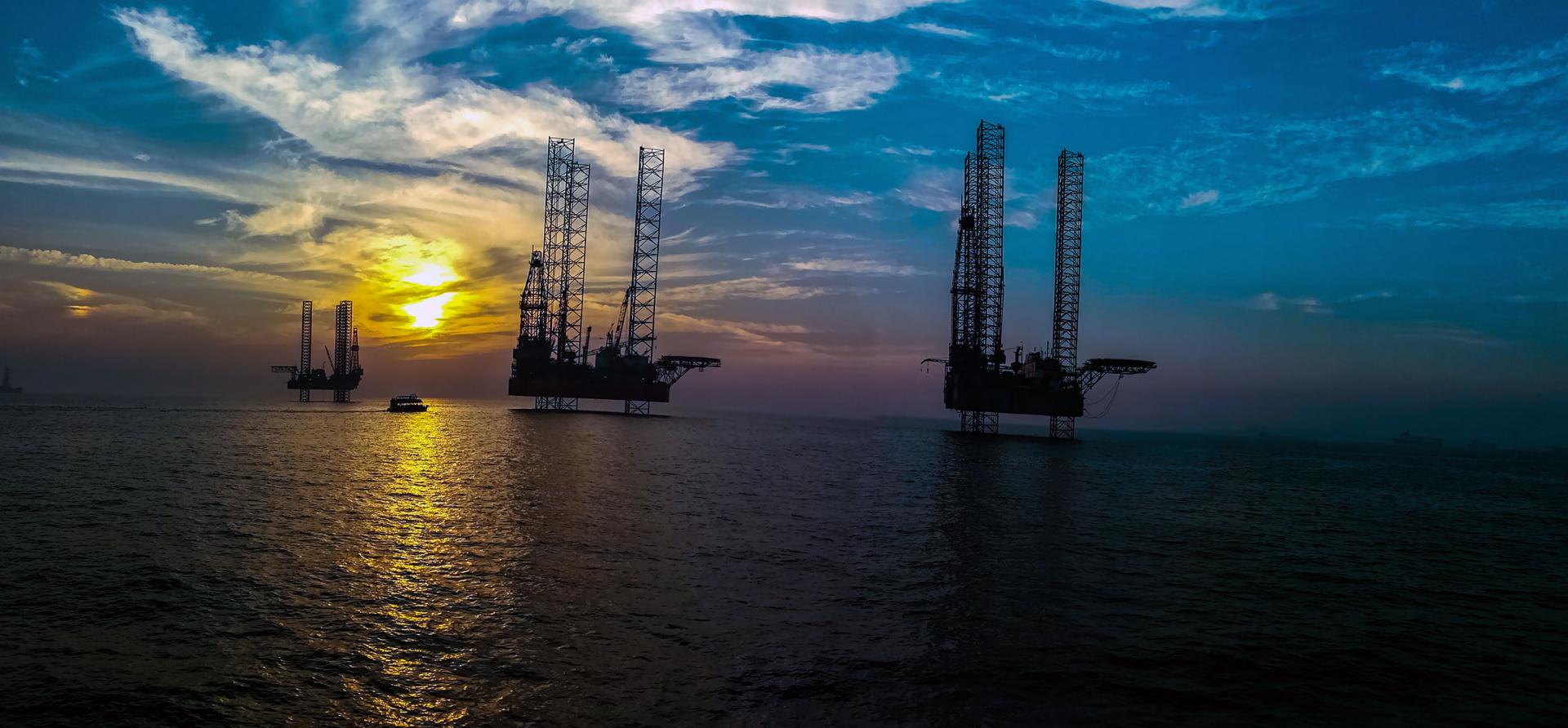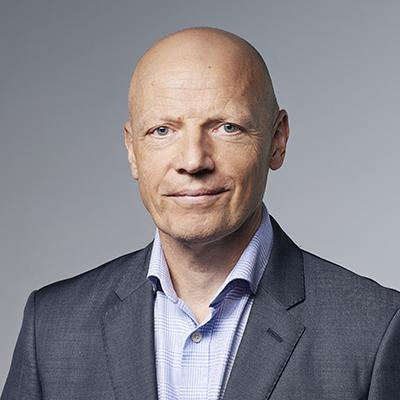Australia’s CCS expansion poses increased risks

Key Findings
The passage of new “sea dumping” legislation on 13 November will allow Australia to import carbon dioxide (CO2) emissions from large polluters overseas and then bury it using carbon capture and storage (CCS).
CCS has received enthusiastic legislative and fiscal backing from successive Australian governments, but it has consistently underperformed and remains a flawed solution for reducing greenhouse gas (GHG) emissions.
The "sea dumping" bill sets the scene for further development of more ambitious CCS projects, increasing the risks associated with this unproven technology.
On the very same day that the Australian Senate passed new “sea dumping” legislation, Australian gas producer Santos and South Korean gas producer and distributor SK E&S were striking an agreement to develop a carbon capture and storage (CCS) project off Western Australia.
The Environment Protection (Sea Dumping) Amendment (Using New Technologies to Fight Climate Change) Bill 2023 was passed on 13 November following just a week of debate. The legislation would enable Australia to accept imports of carbon dioxide (CO2) emissions from large polluters in countries such as Japan and South Korea. Australia would then in turn ship the CO2 across its maritime border and dump it in the territory of its smaller neighbour Timor Leste.
Santos and SK E&S’s planned CCS project would operate in the Bonaparte basin, off the coast of Western Australia, after the companies were part of a consortium awarded the CO2 storage permit G-11-AP. The two companies, who are partners in the Barossa gas project, will also look at securing additional CO2 storage in the near depleted Bayu-Undan gas field in Timor Leste and develop a business to transport CO2 from South Korea to Australia for storage.
Australian policymakers have been actively encouraging oil and gas firms to develop offshore CCS projects. The federal government has 10 areas open to potential bidders until 28 November after issuing a handful of CO2 storage permits in the past two years. The Western Australia premier Roger Cook says his state, which covers around one-third of Australia’s landmass, is the ideal place to store much of the world’s carbon emissions and must capitalise on its natural advantages to become a global carbon storage hub.
Not only is Australia encouraging oil and gas companies to create CCS ventures, they are also paying them to do so with the issue of Australian carbon credit units (ACCUs) under the Emissions Reduction Fund (ERF) backed by the Australian government (although Canberra has also withdrawn some direct funding for CCS projects).
Despite enthusiastic legislative and fiscal backing from successive Australian governments, CCS remains a flawed solution for reducing greenhouse gas (GHG) emissions. CCS has been around since the 1970s but it consistently fails to live up to the expectations promoted by oil and gas producers. Moreover, it only deals with a fraction of total GHG emissions, as it ignores the Scope 3 emissions when oil and gas is burned by the consumer, which represent 85% to 90% of total energy sector emissions.
CCS only perpetuates the production of oil and gas, which are major contributors to global GHG emissions each year. Global energy-related CO2 emissions totalled 36.8 gigatonnes in 2022, whereas CCS sequestered a little more than 40 million tonnes of CO2 in the same period. This equates to a rounding error in the totality of emissions pumped into the atmosphere each year.
The addition of CCS will lead to a net addition of GHG emissions, putting the world more at risk of failing to meet CO2 reduction targets that are consistent with the Paris Climate Agreement’s aim of keeping the rise in global average temperatures to 1.5°C.
Australia already hosts one of the largest CCS facilities in the world – the Gorgon CCS system, part of Chevron’s 15.6 million tonnes per annum (Mtpa) Gorgon liquefied natural gas (LNG) venture. It has consistently sequestered far less CO2 than it was designed to do, capturing less than 4% of the total emissions the Gorgon LNG project pumps into the atmosphere. In the latest fiscal year to 30 June 2023, the Gorgon CCS injected just 34% of the 5 million tonnes of CO2 it captured in the 12-month period.
And yet Santos is now proposing to build a CCS project more than twice the size of Gorgon with the 10mtpa Bayu-Undan CCS facility. It plans to pump CO2 from the Barossa gas project along a pipeline more than 500km long from Darwin to Bayu-Undan, compared with less than 30km of pipelines for the Gorgon project.
The Gorgon partners Chevron, Shell and ExxonMobil have spent more than A$3 billion on the CCS facility since it started seven years ago.
Investors from South Korea such as KEXIM and SK E&S, and from Japan such as Inpex, JERA and Tokyo Gas, need to consider that storing CO2 in depleted gas fields is not a straight swap, because CO2 has a different chemical structure to fossil gas and therefore reacts differently to geological structures. The scale and complexity of the proposed CCS projects in Australia/Timor Leste and globally are unprecedented, and so far most CCS operators have overseen underperforming projects. Questions from investors have to be raised regarding the technical viability and risk associated with developing and managing these proposed undertakings.
After all, CCS is meant to securely store CO2 for a period much longer than modern oil and gas projects have been around.
This article first appeared in Energy Tracker.















